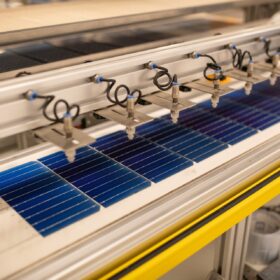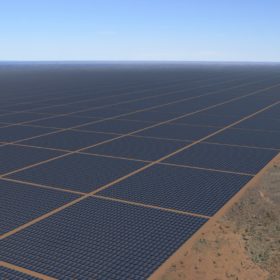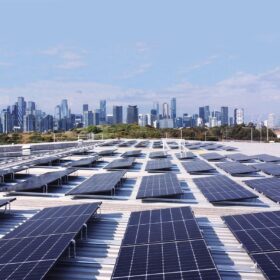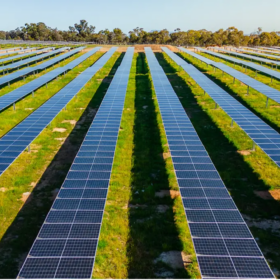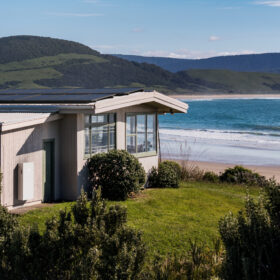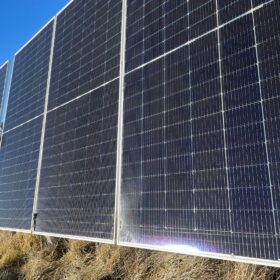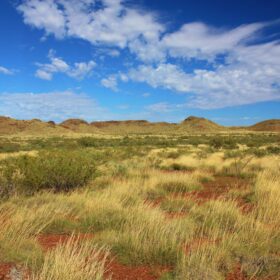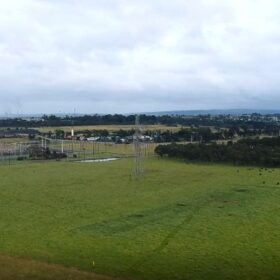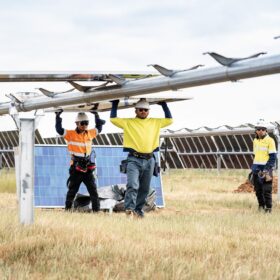Rooftop solar shapes as game-changer for NZ electricity market mess
Wholesale prices in the New Zealand electricity market have soared over recent weeks, climbing as high as $910 (NZD 1,000) per MWh. North Island pulp and paper plants have temporarily closed down because of the spike in costs.
Australia must try despite challenges picking green industry winners
Since the 1990s, the economic agenda of governments across much of the world has been dominated by the Washington Consensus. This is a series of policy recommendations centred on privatisation of state businesses, deregulation of industries, liberalisation of trade, and opening economies to foreign direct investment.
SunCable gets environmental approval for AAPowerLink project
SunCable’s flagship Australia-Asia Power Link renewables and storage project in the Northern Territory has passed another major regulatory milestone, securing the green light from the federal government.
Ventia lands contract for military facility solar farm
Infrastructure services provider Ventia has been tapped by Australia’s Department of Defence to build, operate and maintain a 4 MW solar farm at its Mulwala facility in southwest New South Wales.
Transgrid raises remote REZs as part of energy transition vision
New South Wales power grid owner Transgrid has pinpointed a trio of sites in the state’s far west that could host remote renewable energy zones that it said could help address the challenges posed by an energy transition that it is in “vertical take-off.”
VEPC pushes for new policy to support C&I rooftop solar sector
The Victoria Energy Policy Centre has issued a call for new policy to drive the deployment of large-scale rooftop solar backed by batteries on Australia’s commercial and industrial properties not just for self-consumption but also so power can be exported to the grid at times of peak demand.
Renewables must ramp up to 126 GW by 2030 to reach net zero by 2050, says BNEF
Australia can still achieve a net-zero energy transformation by 2050, in line with the Paris climate agreement, but new analysis from Bloomberg New Energy Finance shows there is no time to waste with a rapid scaling up of investment in solar, wind and energy storage required.
Tesla launches Powerwall 3 in Australia and NZ
Nearly a decade after the first iteration of its Powerwall home battery system was released, electric car and battery manufacturer Tesla has officially launched the Powerwall 3 in Australia and New Zealand with the first deliveries expected next month.
Acen secures IPC approval for 1.2 GW solar and battery project
Acen Australia’s plan to develop a 600 MW solar farm and 600 MW / 1,200 MWh battery energy storage system in central west New South Wales has received a major boost with the state’s Independent Planning Commission giving its tick of approval.
Lightsource bp lands financing package for 150 MW NZ solar farm
Construction of a 150 MW solar farm will go ahead at New Zealand’s Christchurch Airport precinct with joint venture partners Lightsource bp and Contact Energy announcing a final investment decision on the project.


